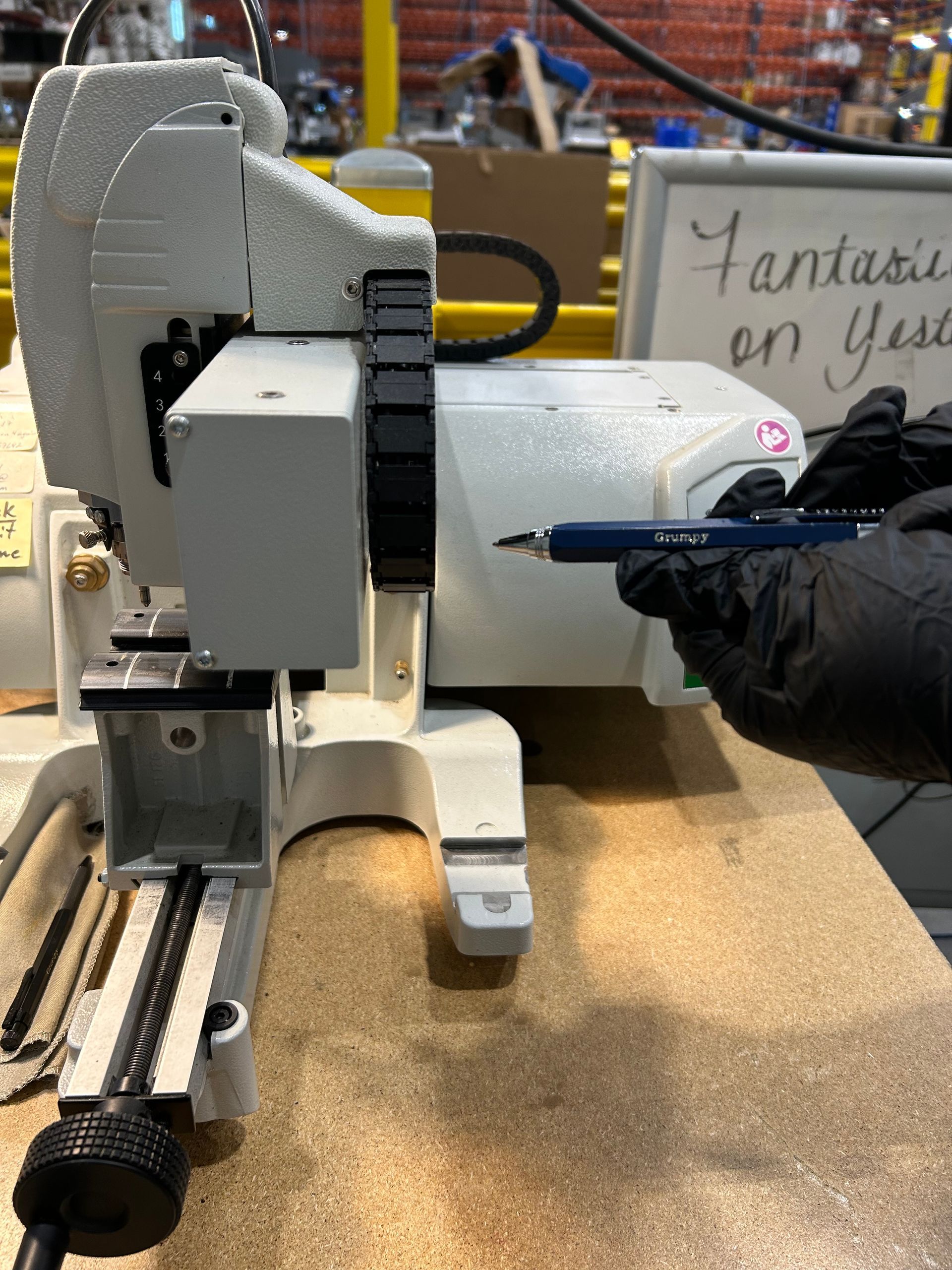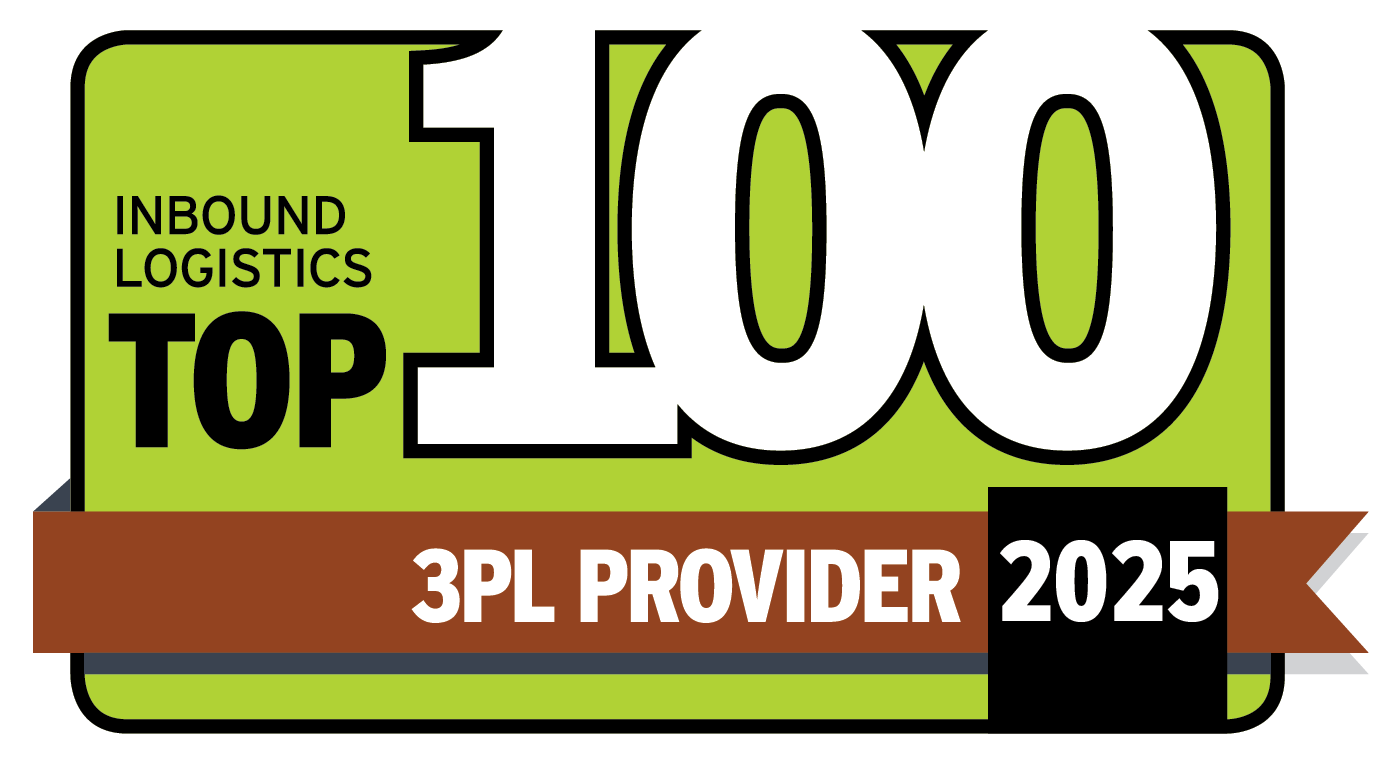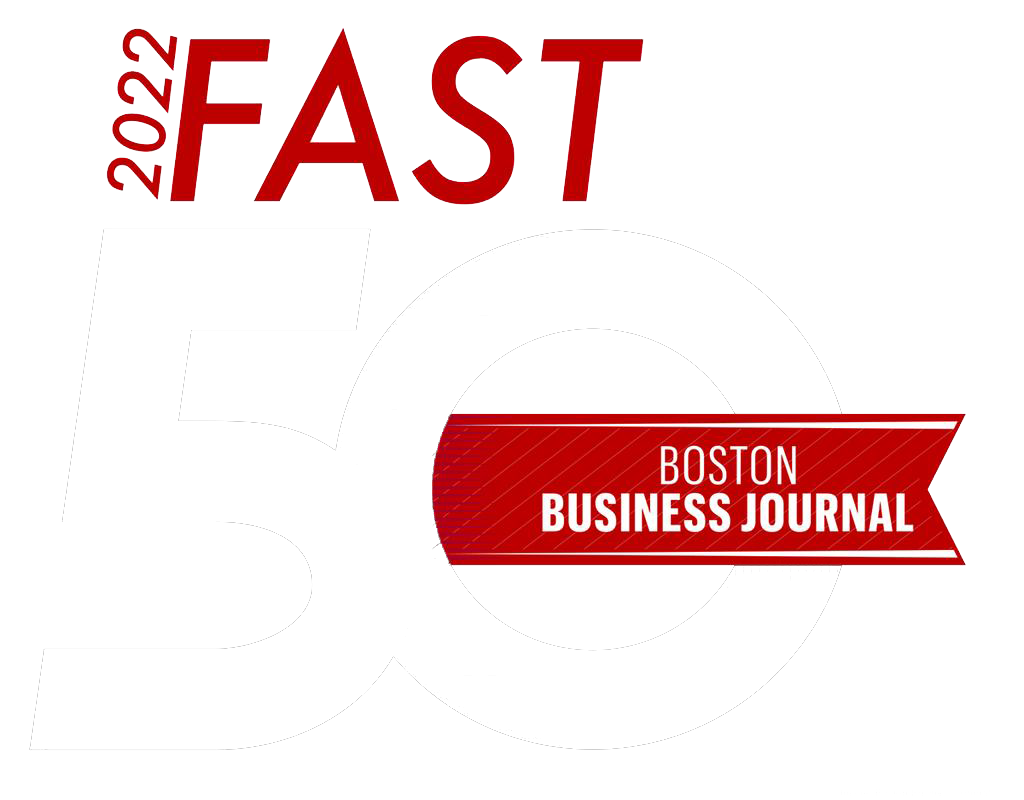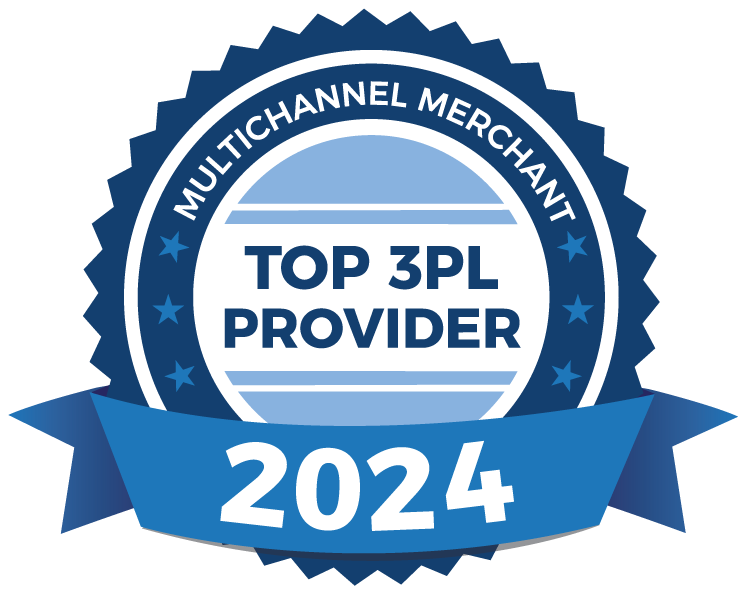Top 5 Fulfillment Tips for Subscription Box Brands
Every month, I would literally wait by the door for my AllureBox. And it got me thinking about subscription boxes and fulfillment (this is what happens when you’ve been indoctrinated into the supply chain world).
After working with eComm. brands, here’s one thing I know for sure: clients love convenience, and eCommerce brands love predictable revenue. A subscription service gives you both—it’s having your cake and eating it too. Some of the most well-known subscription box brands that helped popularize the model include Dollar Shave Club (you’ve heard about it on every podcast), Blue Apron, and Stitch Fix.
According to a recent McKinsey study, the subscription eCommerce market is projected to reach $473 billion by the end of 2025, up from just $15 billion in 2019.
Another thing I know? It’s competitive and getting hot in Hurr. (Also, to millennials everywhere, what happened to Nelly?)
Anyway, back to business: behind every perfectly packed box is a complex fulfillment engine that has to manage variation, volume, and velocity. If you're running a subscription box brand, here’s what you need to know to keep operations smooth—and customers coming back.
1. Kitting Isn’t Just Packing
Subscription boxes are rarely one-size-fits-all. Bundling products by theme, value, or season is a more complex process than standard pick-and-pack.
A good 3PL partner should:
- Handle high-volume kitting with flexibility
- Adjust workflows each month based on new box configurations
- Include quality control at each stage to avoid mispacks or missing items
If your kitting process feels like a bottleneck, it might be time to reassess your fulfillment setup.
2. Forecasting Is Your BFFL
Unlike on-demand e-commerce orders, subscription brands often ship on a set cadence—monthly, quarterly, or even weekly. That gives you a forecasting advantage.
Use this to:
- Share accurate SKU and volume projections with your 3PL
- Lock in labor and warehouse space early
- Secure packaging materials well in advance
The earlier your fulfillment team knows what’s coming, the better they can prepare, especially around peak months.
3. Packaging Is THE Experience
The box your customer opens is an extension of your brand. It’s not just about protection, it’s about presentation.
A fulfillment partner experienced with subscription boxes should:
- Offer branded packaging options
- Accommodate custom inserts, coupons, or personalization
- Know how to balance presentation with speed and accuracy
This isn’t about overengineering—it’s about making sure your customer’s first impression is a great one.
4. Returns Are Different for Subscriptions
Most subscription box customers don’t expect to return their boxes (woohoo), but when they do, it’s often more about damaged items or delivery issues.
Make sure your returns process:
- Is easy to initiate and clearly communicated
- Works with your 3PL to handle restocking (when appropriate)
- Offers visibility into return reasons for future improvements
Even low-return categories still need a plan in place.
5. Scale With Seasonality in Mind
Subscription brands often see spikes tied to holidays, gifting seasons, or influencer campaigns. Make sure your fulfillment provider can flex with you.
That means:
- Scalable staffing
- Space to accommodate one-off box versions or gift packaging
- Reliable turnaround times during peak volume
Flexibility is a major key here—especially if your box themes change month-to-month or include limited-time items.
TLDR: Subscription Fulfillment Takes Special Handling
Your subscribers stick around for the surprise and delight. But behind the scenes, it takes the right fulfillment tactics to make that magic happen month after month. The best 3PLs for subscription brands know how to balance consistency with creativity, and they’re ready to pivot as your business evolves.
If you're evaluating your current setup or launching a new box, we're here to help.
Recent Blog Posts







